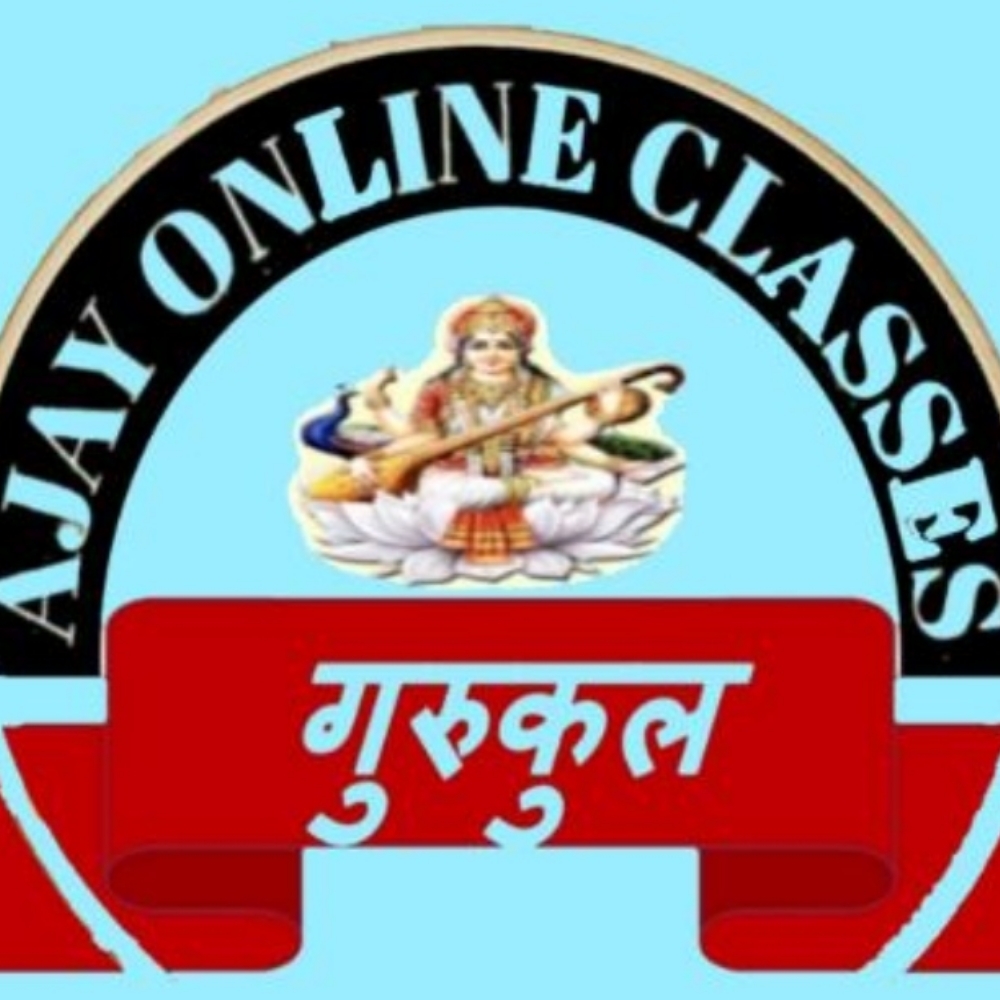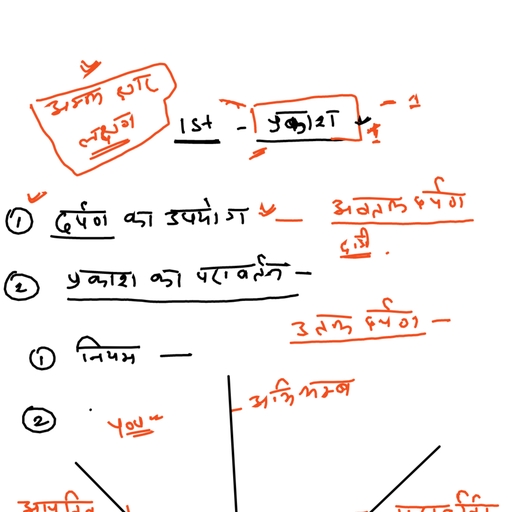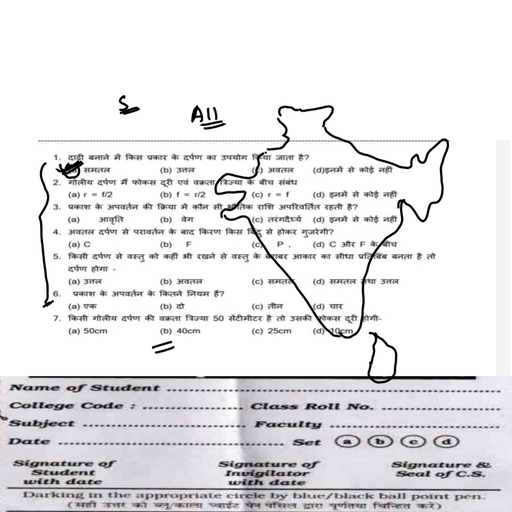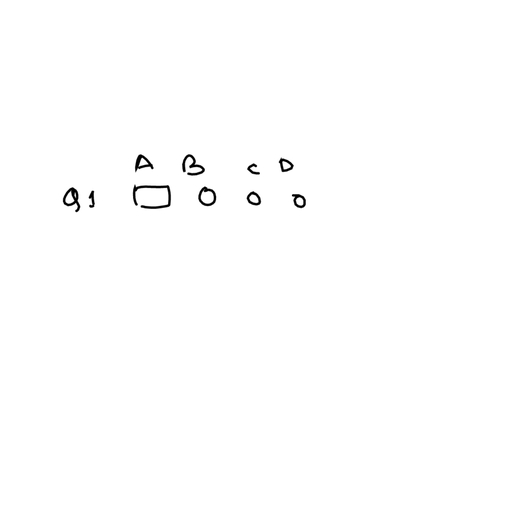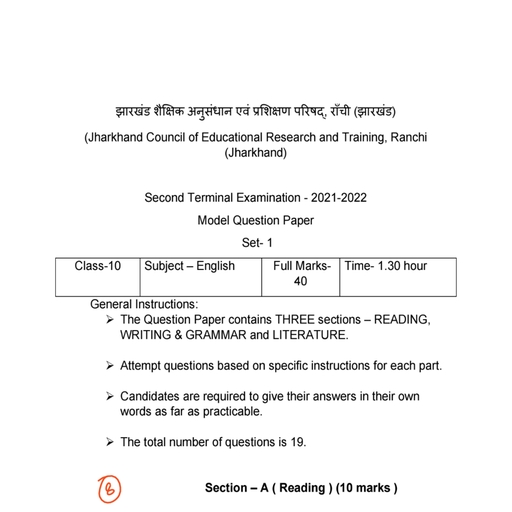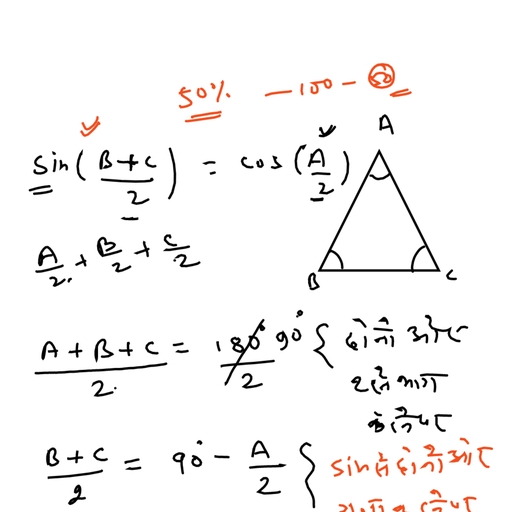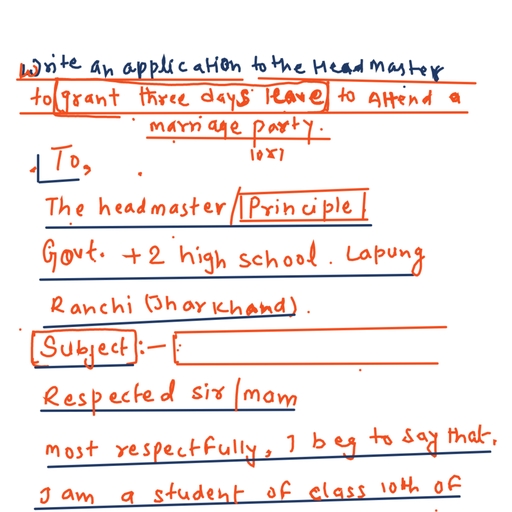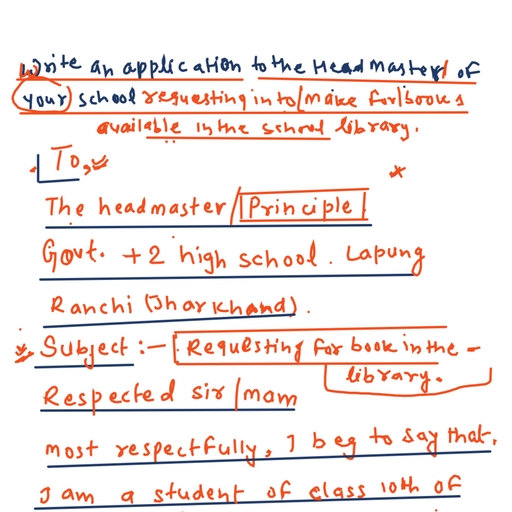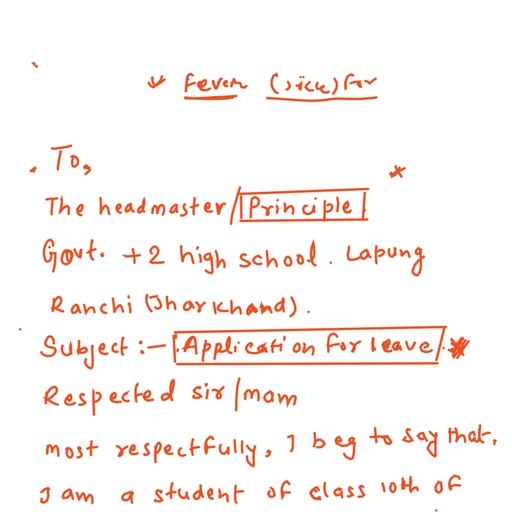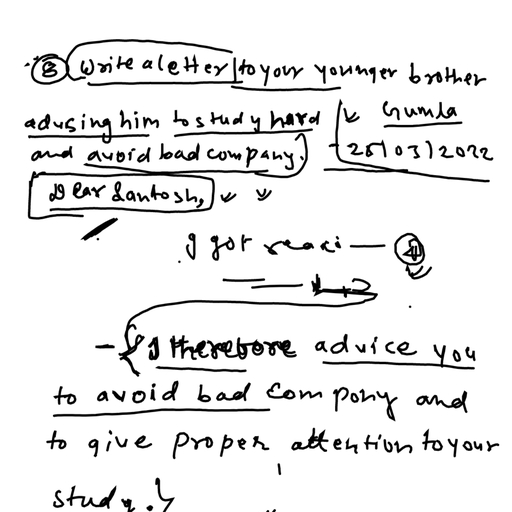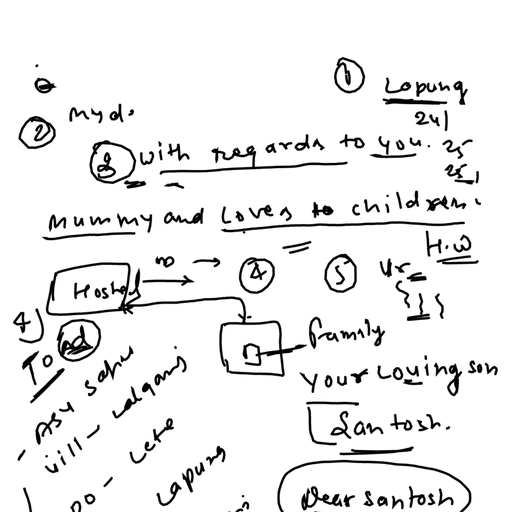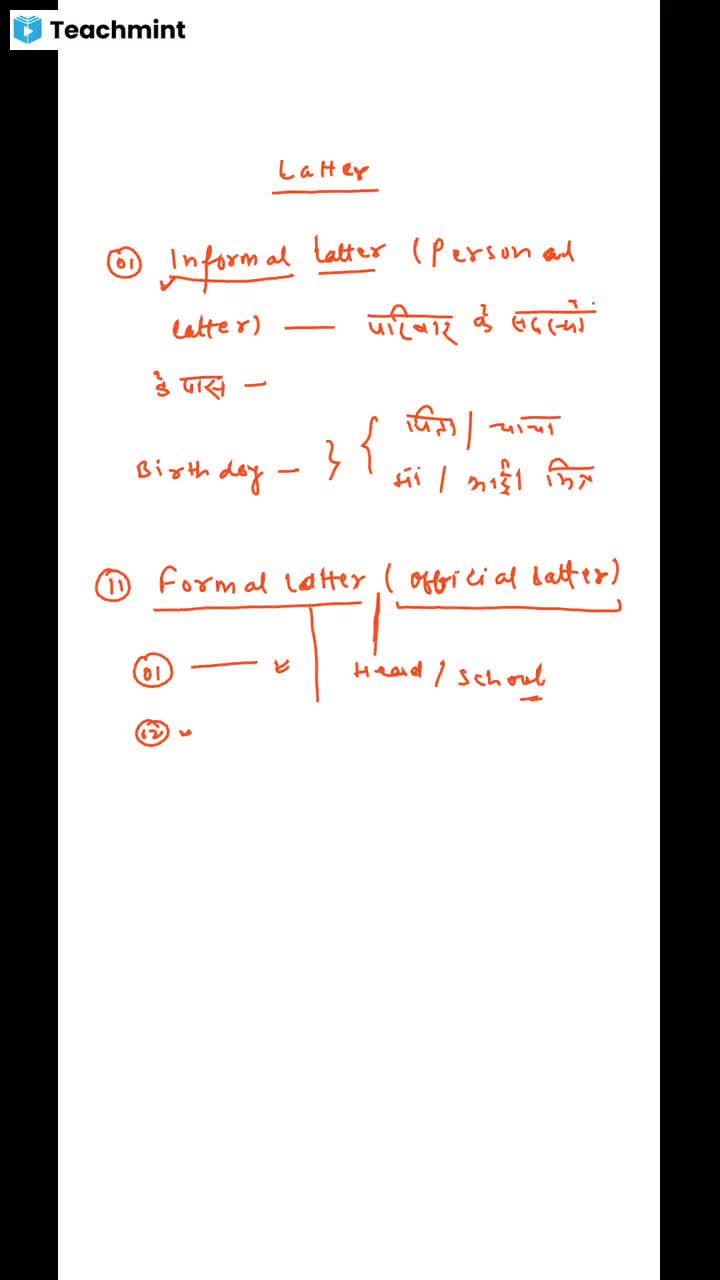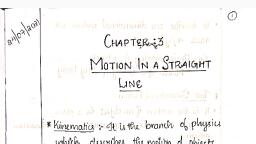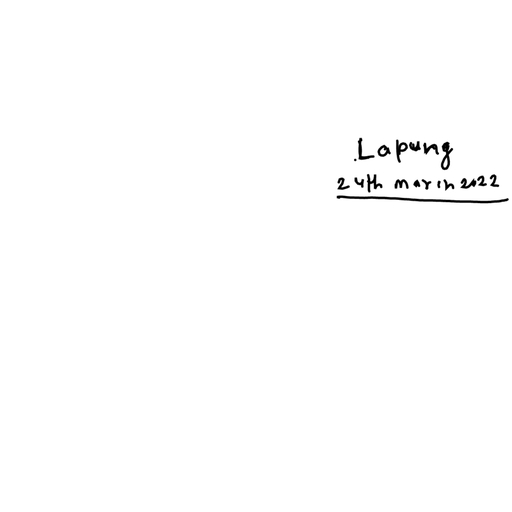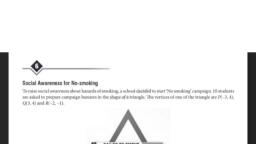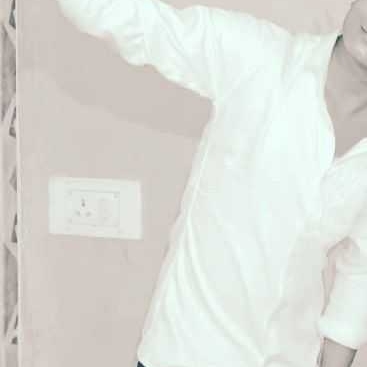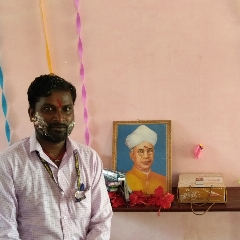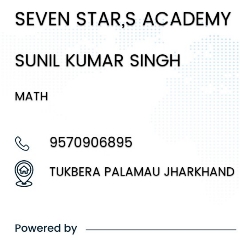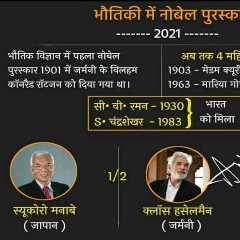Question 1 :
Do the points $\left(3,2\right)$ , $\left(2,3\right)$ , $\left(-2,-3\right)$ form a triangle ?
Question 2 :
The perpendicular bisector of the line segment joining the points A (1, 5) and B (4, 6) cuts the y-axis at :
Question 3 :
<img style='object-fit:contain' src='https://teachmint.storage.googleapis.com/question_assets/cbse_ncert/61b19bd6273b230584979a28.png ' />
The Class X students of a secondary school in Krishinagar have been allotted a rectangular plot of land for their gardening activity. Sapling of Gulmohar are planted on the boundary at a distance of 1m from each other. There is a triangular grassy lawn in the plot as shown in the above image. The students are to sow seeds of flowering plants on the remaining area of the plot.What will be the co-ordinates of the vertices of ∆PQR if C is the Origin?
Question 4 :
If A $\left(x_1, y_1\right)$, B $\left(x_2, y_2\right)$ and C $\left(x_3,y_3\right)$ are the vertices of ∆ABC, find the coordinates of the centroid of the triangle.
Question 5 :
Find the value of ‘k’, for which the points $\left(8, 1\right)$, $\left(k, – 4\right)$ and $\left(2, –5\right)$ are collinear.
Question 6 :
Point P (– 4, 2) lies on the line segment joining the points A (– 4, 6) and B (– 4, – 6). State true or false.
Question 7 :
Find the area of a rhombus if its vertices are $\left(3, 0\right)$, $\left(4, 5\right)$, $\left(– 1, 4\right)$ and $\left(– 2, – 1\right)$ taken in order.
Question 8 :
Find the value of m if the points (5, 1), (–2, –3) and (8, 2m) are collinear.
Question 9 :
If the points A (1, –2), B (2, 3) C (a, 2) and D (– 4, –3) form a parallelogram, find the value of a.
Question 10 :
Find the area of the quadrilateral whose vertices, taken in order, are $\left(– 4, – 2\right)$, $\left(– 3, – 5\right)$, $\left(3, – 2\right)$ and $\left(2, 3\right)$.
Question 11 :
<img style='object-fit:contain' src='https://teachmint.storage.googleapis.com/question_assets/cbse_ncert/61b19bd2273b230584979a22.png ' />
The above image shows the arrangement of desks in a classroom. Ashima, Bharti and Camella are seated at A $\left(3, 1\right)$ , B $\left(6, 4\right)$ and C $\left(8, 6\right)$ respectively. Do you think they are seated in a line?
Question 12 :
Points A (3, 1), B (12, –2) and C (0, 2) cannot be the vertices of a triangle. State true or false.
Question 13 :
If the point P (2, 1) lies on the line segment joining points A (4, 2) and B (8, 4), then :
Question 14 :
The point which lies on the perpendicular bisector of the line segment joining the points A (–2, –5) and B (2, 5) is :
Question 15 :
What are the coordinates of the point P which divides the line segment joining the points A ($x_1, y_1$) and B ($x_2, y_2$) internally in the ratio $m_1 : m_2$ ?
Question 16 :
Find the coordinates of the point which divides the line segment joining the points $\left(4, – 3\right)$ and $\left(8, 5\right)$ in the ratio 3 : 1 internally.
Question 17 :
Find a relation between x and y if the points $\left(x, y\right)$, $\left(1, 2\right)$ and $\left(7, 0\right)$ are collinear.
Question 18 :
Let X, Y and Z be the points which divide the line segment joining A $\left(– 2, 2\right)$ and B $\left(2, 8\right)$ into four equal parts. Find the coordinates of Z.
Question 19 :
Are the points $\left(1, 5\right)$, $\left(2, 3\right)$ and $\left(– 2, – 11\right)$ collinear ?
Question 20 :
If (a, b) is the mid-point of the line segment joining the points A (10, –6) and B (k, 4) and a – 2b = 18, find the value of k.
